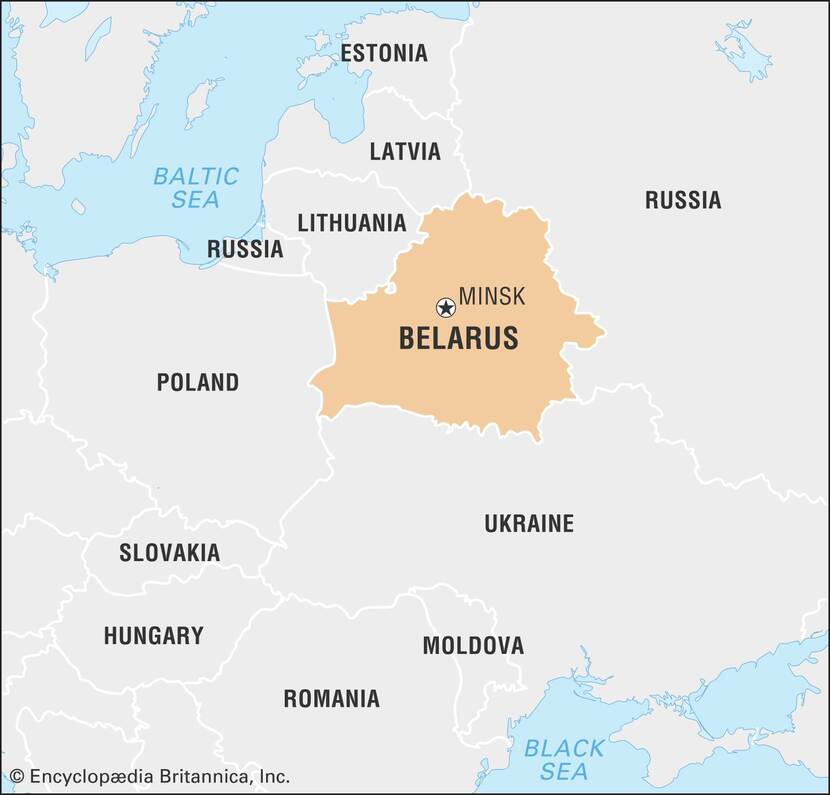Belarus to maintain its top flower transit status
The Belarus statistics office Belstat – also known as the National Statistical Committee of the Republic of Belarus – has provided insightful figures concerning the cut flower imports and exports. These figures indicate that there is a strong growth in both the import and the export of cut flowers.
Belarus will retain its top cut flower transit status in the years to come, according to recent observations made by key players from within the country’s cut flower business.
According to the figures provided by Belarus statistics office, over the past five years, the flow of imported cut flowers to the country has grown by almost 19 times, while exports by 56.
In 2019, imports reached almost US$367 million, while exports about US$85 million. Most of this, 99% were fresh cut flowers and flower buds, only 0.015% were dried, dyed or bleached flowers.
Transit hub

At present, Belarus serves as a transit hub for flowers from the Netherlands, Colombia, Ecuador, and Kenya, most of which are for the Russian market (99%), and other post-Soviet states, mainly Lithuania and Kazakhstan.
According to some independent analysts in the field of global flower trade, the export figure is too low. It does not include a more than a significant portion of flowers and young ‘starter’ plants, which are purchased by Russian wholesalers in Belarus due to the single economic space both countries (and Kazakhstan) agreed upon at the start of 2012.
Locally grown
At the same time, with the country seeing an ever-growing influx of imported flowers, Belarus also managed to increase its volumes of locally grown flowers and plants. At present flowers are grown on the total area of about 100 hectares in Belarus.
According to one of the well-known Belarus flower farmer, ‘the only problem that remains is the lack of domestic planting material, of which currently almost 100 per cent is imported from the Netherlands’. He added that they are highly dependent on the euro rate. A strong euro means higher production costs for growers. All Belarusian producers highly depend on Dutch young plants, seeds, bulbs and liners.
The Belarus marketplace continues to be flooded with imported flowers prompted some local flower farmers who are switching crops and trying their luck in landscaping and seed-raised young plants.
One good example is the Gomel State Enterprise Krasnaya Gvozdika, known for being among Belarus’ leading flower producers from the past. The company’s chief agronomist notes that since the beginning of 2020, they have grown approximately half a million of bedding plants and landscape plants. The majority are sold on the domestic market, while the range primarily comprises petunias, begonias, and cinerarias. Most of the seeds they need are imported from abroad because Belarus lacks domestic seed production.
A well-known Belarus florist and a local expert in the field of flower trade says that in recent years the quality of Belarus grown flowers has significantly improved, which makes the quality align with imported analogues/counterparts.
Currently, almost 100 per cent of Belarus’ needs in roses and tulips are from domestic production. At the same time, the demand for other popular flowers in the country, among which are carnations, chrysanthemum and orchid are primarily met by imports.
Most of the interviewed farmers have expressed hopes for further development of the country’s cut flower production. This wishful thinking largely depends on incentives and business climate provided by the government.
Among the meaningful measures, this action may involve the reduction of land taxes for flower growers.
In addition, there is a need to design a multi-vector systematic strategy of flower import substitution and the development of the industry.
Ecuador remains the largest cut flower supplier
At present, Ecuador remains the largest supplier of flowers to the Belarusian market, with the overall supplies totaling US$172.3 million (share of 46%) in 2019.
The Netherlands hold second place with the value of supplies of US$117.6 million (32% share) in 2019 or 8.5 times more than a year earlier.
Conversely, supplies from Kenya, which has traditionally been one of the three or four exporters of flowers to Belarus in recent years, slightly decreased in 2019. Their volume decreased in money terms by about 15 per cent and amounted to US$ 38.3 million.
Roses account for a large share in the structure of cut flowers imports – US$224 million.
Chrysanthemums became the second most popular flower item among Belarusians, with imports totaling US$62 million, mainly from the Netherlands.
Carnations accounted for more than US$ 26 million in shipments (an increase of 28 per cent). Their primary source is the flower farms of Colombia (US$11 million) and Ecuador (US$10 million).
LAN-Team Moskou
Source: Flora Culture International, FloralDaily